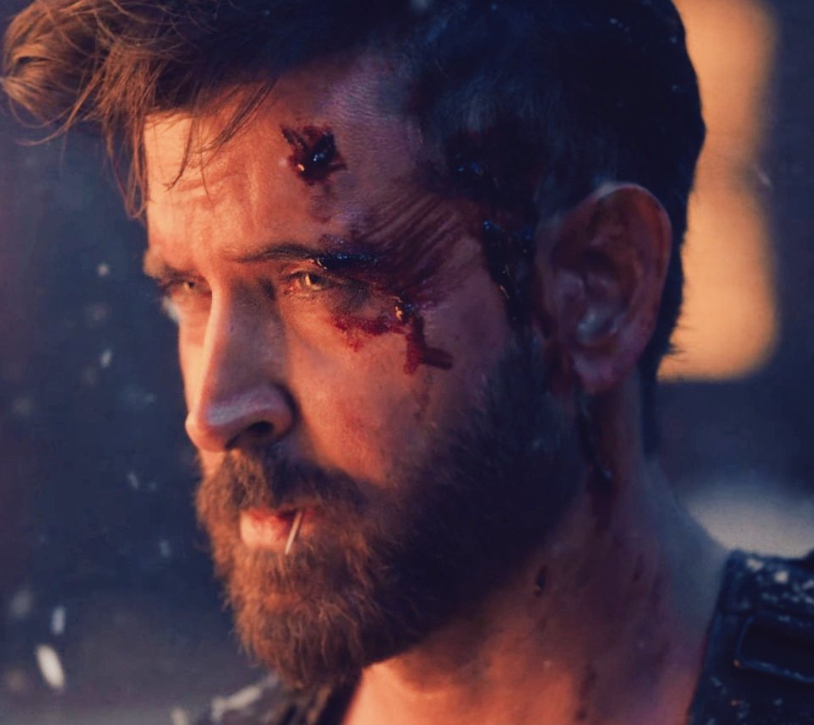Bollywood music, synonymous with Indian cinema, has a rich and dynamic history that spans nearly a century. From its early days of classical compositions to the contemporary blend of various genres, Bollywood music has continually evolved, reflecting the changing tastes of society while staying true to its roots. This journey is not just about melodies but also about the cultural, social, and technological changes that have influenced Indian cinema and music.
The Early Days: The Classical Era (1930s – 1950s)
The early years of Bollywood music, starting in the 1930s, were deeply influenced by Indian classical music. This era saw the rise of playback singing, a concept where actors lip-synced songs sung by professional singers. The orchestration was minimal, with instruments like the tabla, sitar, and harmonium dominating the soundscape. Songs from this era often featured long, elaborate compositions with a strong focus on ragas, which are melodic frameworks used in Indian classical music.
One of the earliest milestones in Bollywood music was the film Alam Ara (1931), which featured the first sound film in India. Though the music was simple and classical in nature, it laid the foundation for music becoming an integral part of Indian cinema.
Key Composers: Khemchand Prakash, Naushad, S.D. Burman
The Golden Age: Melodies of the 1950s and 1960s
The 1950s and 1960s are often referred to as the “Golden Age” of Bollywood music. During this period, composers began to experiment more with the orchestration, combining classical Indian sounds with Western influences like jazz and rock and roll. This era is remembered for its unforgettable melodies, poignant lyrics, and the rise of playback singers like Lata Mangeshkar, Kishore Kumar, and Mohammed Rafi.
Musicians like Shankar-Jaikishan and O.P. Nayyar were pioneers in merging Indian and Western music, making Bollywood songs appeal to a broader audience. This period also saw the emergence of epic love songs and tragic ballads, which became iconic parts of Indian cinematic culture.
Notable Films: Mughal-e-Azam (1960), Awara (1951), Mother India (1957)
The Experimental Era: 1970s and 1980s
Bollywood music underwent a significant transformation in the 1970s and 1980s, largely due to the social and cultural shifts occurring in India. The era of disco and funk had arrived, and Bollywood was quick to embrace these global music trends. Bappi Lahiri became a household name, introducing disco beats to Bollywood, which were a stark contrast to the classical and melodic compositions of the past.
The lyrics of this period began to focus more on the themes of rebellion, romance, and freedom, reflecting the changing societal attitudes of the time. This period also marked the shift from solo classical singers to duets and group performances, with vibrant orchestration becoming a hallmark of Bollywood music.
Iconic Hits: Disco Dancer (1982), Hum Kisise Kum Naheen (1977), Shaan (1980)
The Technological Boom: 1990s and the Arrival of Modern Music
The 1990s witnessed another major shift in Bollywood music with the advent of electronic music and the rise of composers like A.R. Rahman, who revolutionized the industry with his unique sound. Rahman introduced synthesizers, electronic beats, and a fusion of various global genres into Bollywood music. His music for Roja (1992) and Dil Se (1998) marked a new era of Bollywood soundtracks that were contemporary yet rooted in Indian sensibilities.
Music videos also became popular during this time, leading to a greater emphasis on visually appealing choreography, which complemented the songs and helped them become cultural phenomena. The shift to digital technology made recording more accessible, and composers could experiment more freely with sounds and mixing.
Landmark Albums: Dilwale Dulhania Le Jayenge (1995), Taal (1999), Bombay (1995)
The 2000s to Present: Fusion and Global Appeal
In the 2000s, Bollywood music continued to expand its horizons. With the rise of global collaborations and influences from genres like hip-hop, EDM, and reggaeton, Bollywood music started to appeal to international audiences. The film industry embraced remixes and party anthems, making Bollywood music a staple in global clubs and parties.
The current era is marked by a fusion of everything that has come before, from classical and folk to global contemporary styles. Bollywood music today caters to a wide range of tastes, and singers like Arijit Singh, Neha Kakkar, and Badshah dominate the charts with their diverse styles.
While traditional romantic ballads remain popular, peppy dance numbers and high-energy party tracks often steal the limelight. Moreover, with streaming platforms like Spotify and YouTube, Bollywood music has a global reach, influencing international pop culture like never before.
Trending Films: Gully Boy (2019), Kabir Singh (2019), Dil Bechara (2020)
The Ever-Evolving Bollywood Sound
Bollywood music has come a long way from its classical roots to the electronic beats and global fusion of today. It continues to reflect the socio-cultural shifts in Indian society while embracing modernity. The evolution of Bollywood music shows that while trends may change, the emotional and melodious core of the music remains. The future of Bollywood music is bound to be as dynamic and diverse as its past, always adapting to the tastes and preferences of both national and international audiences.
More information about Bollywood






